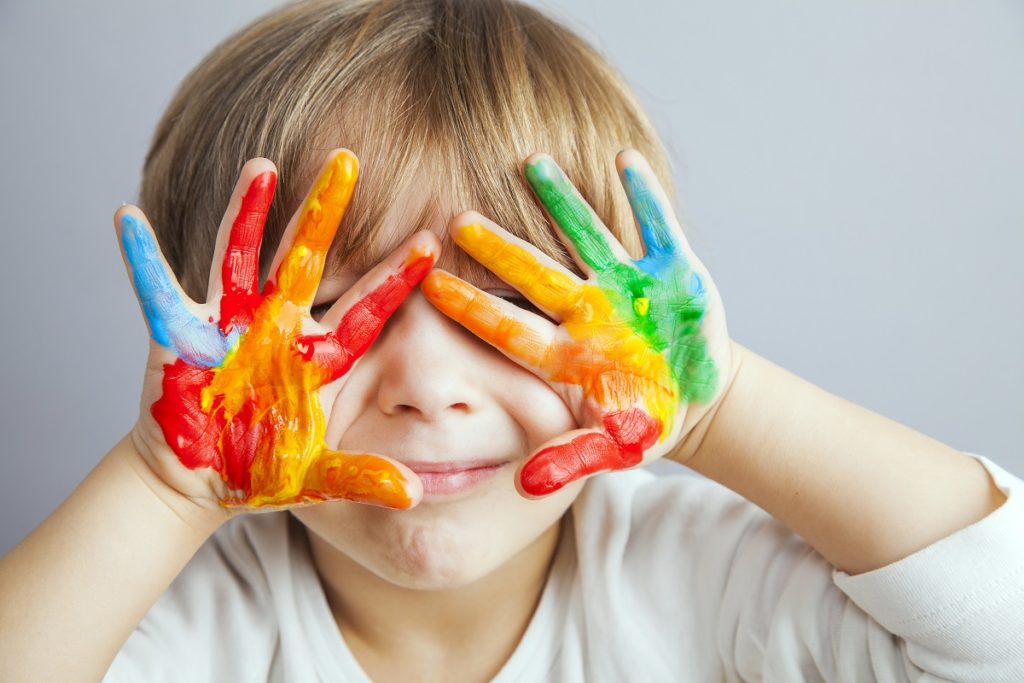Participation in arts and crafts can improve young children’s social and emotional health. This is important given rising rates of anxiety and depression in younger generations. Education has brought increased focus and attention to social and emotional learning. Schools are now urged to help children develop a broader set of skills that are not focused solely on academic education.
Art is one avenue to improve a child’s level of creativity and engagement. Parents and school teachers can allow children to explore the different skills and crafts. Providing children with simple linen thread, for example, can help them develop their fine motor skills and finger dexterity. They can start building their confidence and being more patient at an early age. It may also serve as a way to socialize with other children and as an outlet for de-stressing from academics.
Expansion of Art Knowledge and Craft
Parents have several options when it comes to providing art options for their child. They can go into a craft store for supplies for crafting and sewing. Here, children can be introduced to the truly vast amount of projects they can create once they learn the art. These stores can offer sewing courses for kids to pick up the ability. However, parents may also choose to teach their kids a particular art form themselves.
The integration of social and emotional learning:
Material Selection
Art materials can involve control or spontaneity. A great deal of control goes into beading or pencil drawing. Children who work with them can learn how to follow patterns and exercise patience in following meticulous steps and procedures. On the other hand, a child is better able to let go and express their creative side by working with clay and paint. These kinds of art tools encourage spontaneity, as kids can create whatever they want to.
Agency over Projects
 Children given creative direction over their projects get to include aspects of their own experiences and perspectives. At home, parents should ensure they are not dictating the way their child’s art projects go. The child’s process and use of art supplies may be unconventional and unique. However, they should always be affirmed through dialogue. The kids should be able to talk about their creations and decisions without judgment or negativity. This way, they can better develop their creativity and think out-of-the-box more.
Children given creative direction over their projects get to include aspects of their own experiences and perspectives. At home, parents should ensure they are not dictating the way their child’s art projects go. The child’s process and use of art supplies may be unconventional and unique. However, they should always be affirmed through dialogue. The kids should be able to talk about their creations and decisions without judgment or negativity. This way, they can better develop their creativity and think out-of-the-box more.
Lesson
While most art projects are focused on furthering creativity or used as an avenue for expression, art can also provide lessons on learning. For instance, this can involve children turning a used piece of paper into a piece of art. This can promote flexibility, problem-solving skills, creativity, and the ability to learn from mistakes.
Collaborative Art
Art is best when it is used as a collaborative process. Children who work together to make a piece of art, and those who simply work next to each other engage in a natural form of empathy building. Through art, they are able to mirror each other and highlight each other’s different artistic styles and practices. It also allows for the stronger formation of a bond because children are able to provide support for each other.





